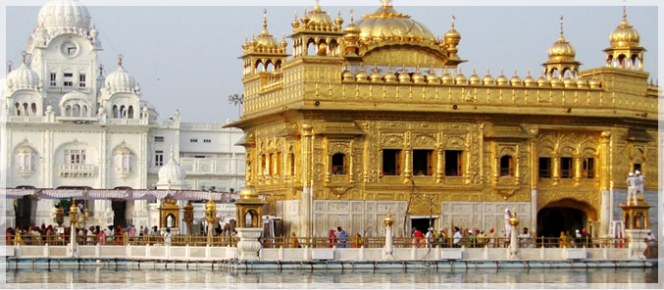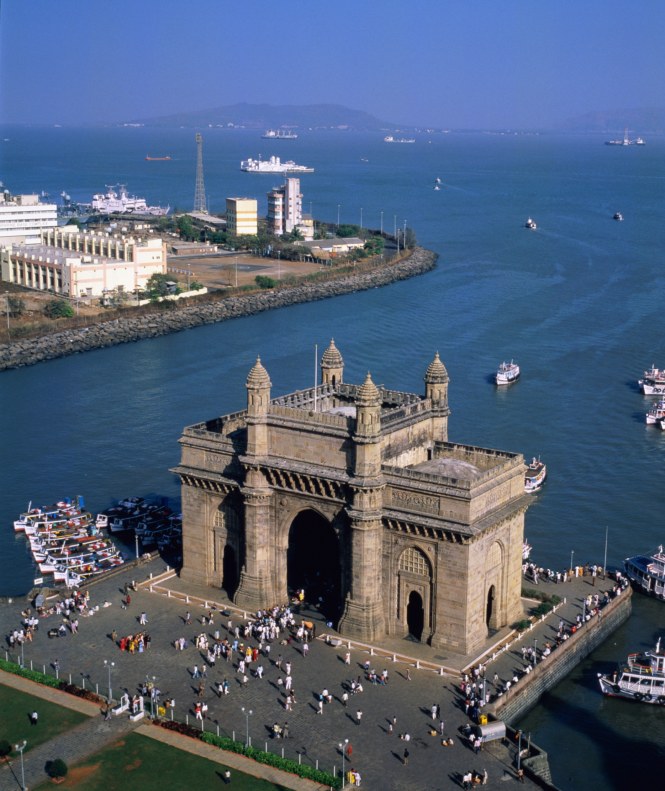As the election season is approaching, it becomes our duty as the citizen of this country to elect the best and most suited candidate to be our next PM (Prime Minister). For this, we have to take a considerate decision, based on the profiles of the candidates in contention for the race. So, in the next 4-5 days, we will be looking at the profiles of Mr. Arvind Kejriwal, Mr. Narendra Modi, and Mr. Rahul Gandhi in the alphabetical order. So, let’s start with Mr. Kejriwal first.
Profile of Arvind Kejriwal
Name - Mr. Arvind Kejrwial
Age – 45 years
Birth Place – He was born in Siwani, Bhiwani district of Haryana on 16th August, 1968.
Current position -
He is one of the prominent leaders and the face of the Aam Aadmi Party. It is evident from his work that he is the acting president of AAP but that has never been announced officially.
Educational Qualification -
Mr. Kejriwal did his graduation from Indian Institute of Technology, Kharagpur, in mechanical engineering (batch 1985-1989).
He pursued his higher education from Lal Bahadur Shastri National Academy of Administration where he was given the training for the administration work of a civil servant.
Work Experience -
Mr. Kejriwal, after completing his engineering from IIT kharagpur, joined TATA steel in 1989 and was posted in Jamshedpur. After working there for 3 years, he resigned from that job to start preparing for the civil services.
From 1992-95, apart from preparing for the civil services, he spent some quality and enriching time at the Mother Teresa’s Missionaries of charity in Kolkata, Ramakrishna Mission in the north east and Nehru Yuva Kendra. According to Mr. Kejriwal, the time spent by him at the Ramakrishna Mission and Nehru Yuva Kendra was the path-breaking moment of his life. He finally joined IRS (Indian Revenue Services) in 1995 after qualifying through civil service examinations.
He worked in the income tax department till 2000 during which he co-founded an NGO named, Parivartan, in 1999 to tackle issues related with corruption and ensure transparent accountable governance.
In 2000, he took 2 years of paid leave from his office to pursue higher studies with a contract of rejoining the office to work for atleast next 3 years.
He had worked only for 18 months after rejoining the office and took 18 months of unpaid leave, which resulted in income tax department filing a case against Mr. kejriwal for breaching the contract. He finally resigned in 2006 from the office.
Achievements -
RTI (Right to Information) Act, 2005 -
Mr. Kejriwal spearheaded an awareness campaign for RTI across India. He, along with others, aggressively campaigned for the RTI act to be enacted across India. This finally paved the way for the enactment of the Right to Information act, 2005.
In 2006, Mr. Kejriwal was awarded with "Ramon Magsaysay Award for emergent leadership" for his involvement in spearheading the awareness campaign for RTI.
In December 2006, Kejriwal along with Manish Sisodia and Abhinandan Sekhri started Public Cause Research Foundation, which works for promoting better local self-governance and RTI related campaigns.
Jan Lokpal Bill -
Mr. Arvind Kejriwal along with Prashant Bhushan, Shanti Bhushan, Santosh Hegde and Kiran Bedi drafted Jan Lokpal Bill. As the bill was edited and revised time to time after wide public consultations, it was known as Jan Lokpal Bill i.e. People’s Lokpal bill. Though Anna Hazare was the leader of the movement for Jan Lokpal, Arvind Kejriwal is regarded as the architect behind the movement.
Political career -
In 2012, Mr. Kejriwal started his own political party named, “AAP” (Aam Aadmi Party) to fight against corruption and hence pave the way for Jan Lokpal Bill. The party got unprecedented success in the 2013 Delhi State Election with Mr. Kejriwal becoming the chief minister of the state for 49 days by taking the outside support from the congress party.
Criticism -
One of the regular criticisms that Mr. Kejriwal faces is his inclination towards populist measures. Whether, it was the promise of reducing the electricity prices by half before the Delhi state elections or the promise of giving free water, these populist promises seem too unrealistic and against economy for a few.
Disclaimer : If you find any discrepancies in the above content, please feel free to mail me at vivek05rock@gmail.com.

















